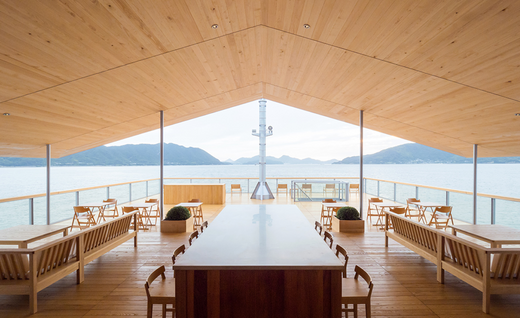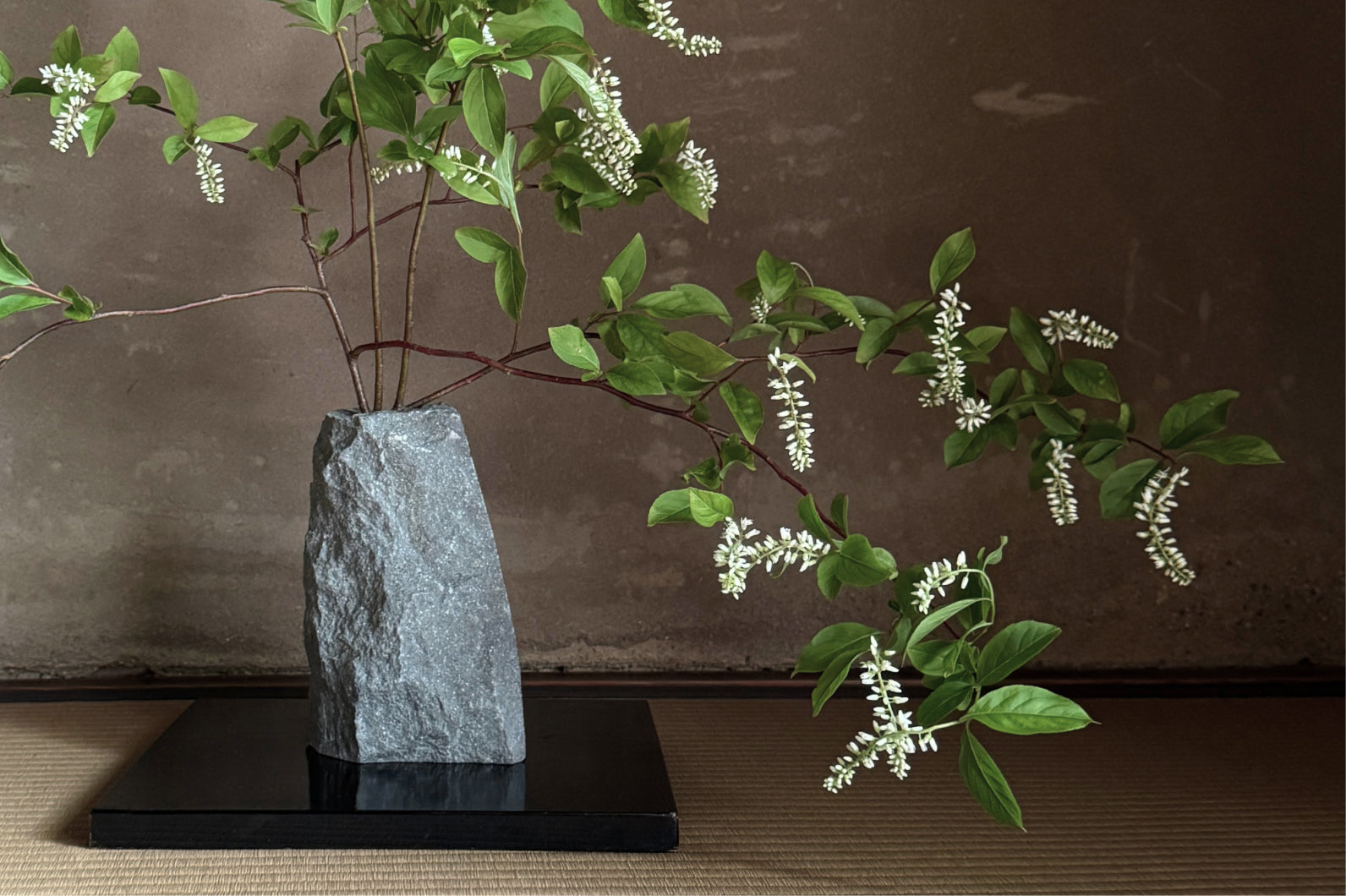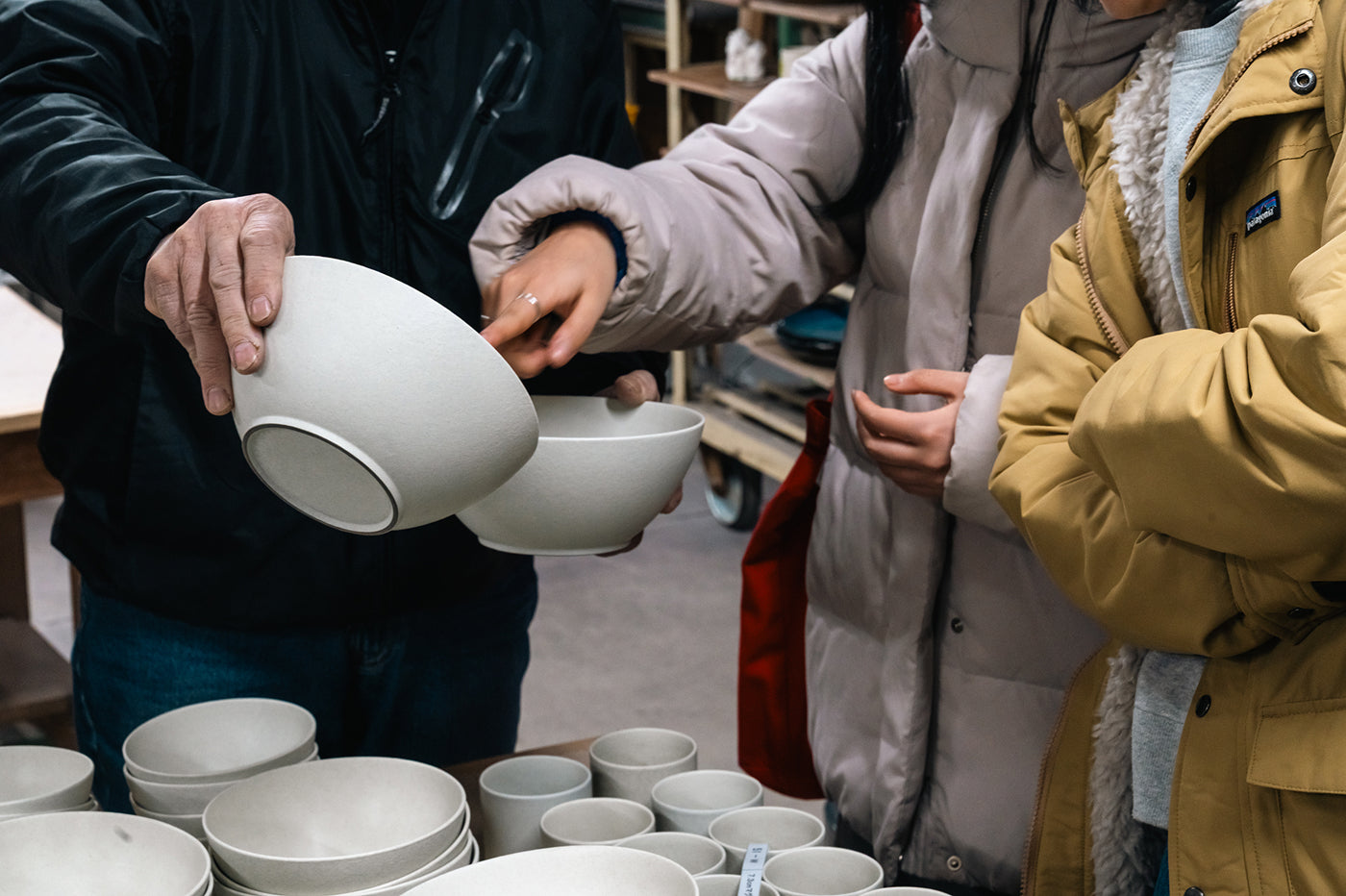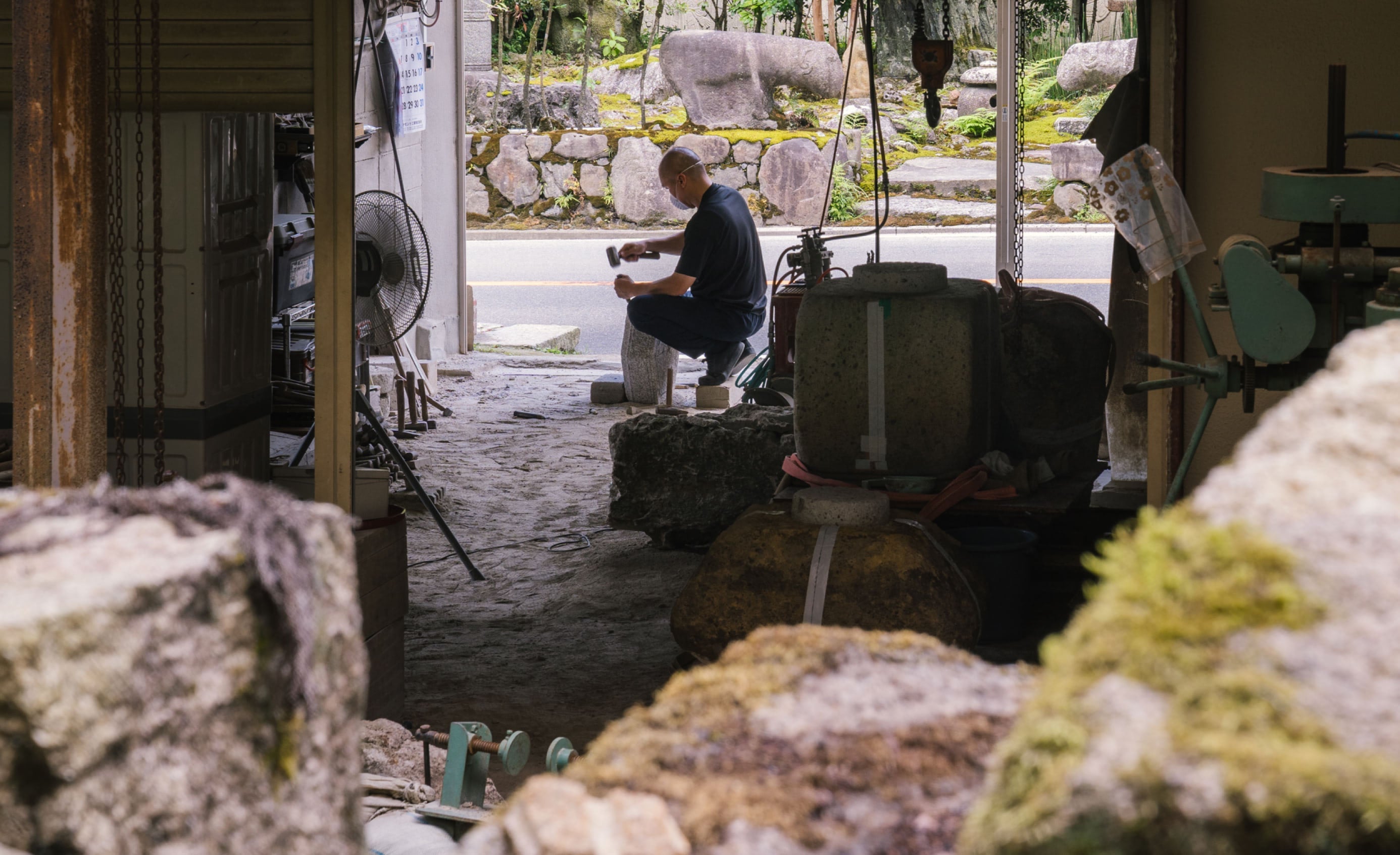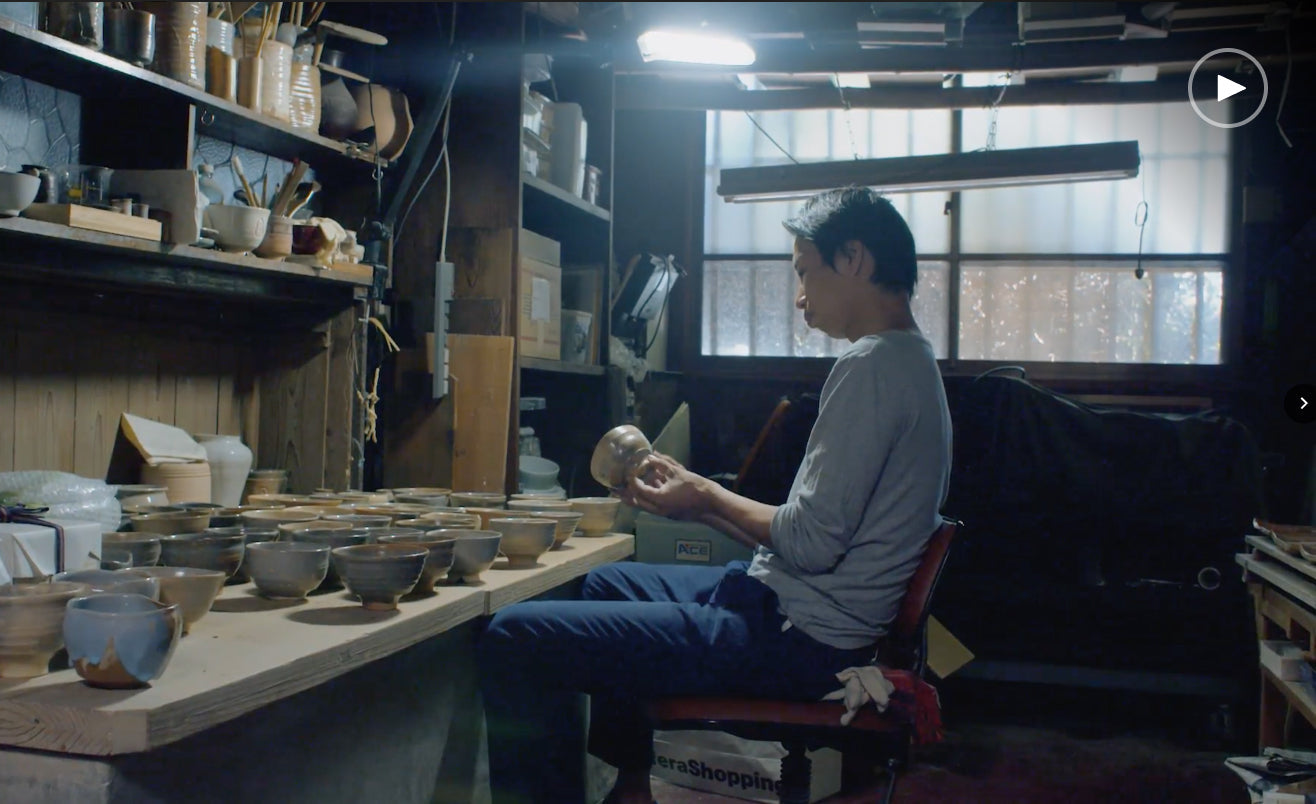Published February 16th 2019 on the former blog
Guntu is a 38-passenger cruise ship that takes guests on a journey along the coastlines of Japan’s Seto Inland Sea. Part yacht, part ryokan, part high-end hotel, Guntu is not only a true achievement in nautical design, but it also represents something exceptional in the world of contemporary hospitality as a whole.

 There’s way more to this “floating hotel” than meets the eye. As a kid, whenever my family did something the least bit indulgent – like taking a leisurely stroll outside in the summer air, or treating ourselves to ice cream cones after dinner – my grandmother would sigh and say, “We should have this in heaven.” It meant something like: this is the best that it can get – and, by extension – why would we need anything else? That’s not unlike the philosophy of Yasushi Horibe, the architect behind Guntu’s incomparable design. “When we are privileged to have such beautiful surroundings around us, there’s no need for the natural beauty to be tampered with unnecessarily,” Horibe has said. “My aim was to create a ship that stands out the least in the Seto Inland Sea.”
There’s way more to this “floating hotel” than meets the eye. As a kid, whenever my family did something the least bit indulgent – like taking a leisurely stroll outside in the summer air, or treating ourselves to ice cream cones after dinner – my grandmother would sigh and say, “We should have this in heaven.” It meant something like: this is the best that it can get – and, by extension – why would we need anything else? That’s not unlike the philosophy of Yasushi Horibe, the architect behind Guntu’s incomparable design. “When we are privileged to have such beautiful surroundings around us, there’s no need for the natural beauty to be tampered with unnecessarily,” Horibe has said. “My aim was to create a ship that stands out the least in the Seto Inland Sea.”

This is true – everything about Guntu was made to blend in. The color of the hull is an essay in effortless coruscation: Horibe designed it so that the light silver color of the ship becomes a seamless reflection of the pallid tones of the clouds and the sea. Meant to harmonize with the buildings along the sea coast, Guntu’s bungalow-blue roof seems to almost float above the vessel itself. There are nineteen cabins with wood-paneled interiors, each with its own private terrace, some with an open-air bath. There is also a Japanese-style communal bath on board, as well as a spa and sauna. No time constraints apply to dining and drinking on board – at any time of day, guests can enjoy local delicacies, fresh caught sushi, delicate cocktails, and Japanese-style Western cuisine.




Guntu embarks on multiple routes through the Seto Inland Sea every few days, typically traveling from Onomachi City to Miyajima Island. Guests can book voyages from 2-3 nights, and there are opportunities for excursions when the ship anchors at its various destinations.
The price of a cruise is steep – about $3,670 USD per night – but the experience is one in a lifetime. Aside from Guntu, architect Horibe has a impressive catalog of work, but this ship is perhaps his most remarkable creation. Horibe has designed a heaven on water: a vacation that feels rejuvenating and natural, and in no way needlessly indulgent. Without sacrificing excellent design and top-notch amenities, Guntu manages what first-rate Japanese hospitality does best: pure luxury without pretension, extravagance without excess.
To book a Guntu cruise, visit their website.


